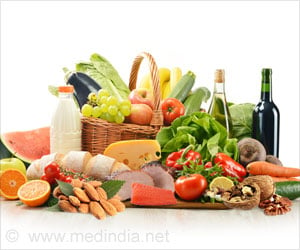Traditional arts are facing a huge challenge from modern trends in South Asia these days.

Inside more than 100 wooden drawers store hundreds of snakes, with more than half of them labelled "poisonous". Customers enjoy the thick broth made from the reptile's lean meat which costs HK$45 ($6) a bowl.
The shop "She Wong Lam", which means "Snake King Lam" in the local Cantonese dialect, was started by a snake handler from mainland China and is one of the main outlets for snake soup in the southern Chinese city.
Snake soup, considered a delicacy in Hong Kong and mainland China, is a favourite winter warmer as it is believed to improve blood circulation and ward off illness.
The snake's gallbladder is said to contain the reptile's essence and is also used in a variety of Chinese medicines.
Mak Tai-kwong started working at "She Wong Lam" in 1948 and rose to become one of Hong Kong's best-known snake handlers. He continues to train younger colleagues in the trade today.
Advertisement
One of his tips on snake handling is not to hold the reptile too tightly.
Advertisement
But it could be a dying trade in Hong Kong, as some other handlers say they have no intention to pass on their businesses to the next generation.
"I don't want them to be in this line of work because first, it's harsh, second, it's difficult, and third it's dangerous," said 60-year-old Tam Kam-sun, a fourth generation snake catcher, from the "Se Wong Sun" shop.
"The next generation may not be willing to do this, they won't do this," he said as he drank a bowl of soup made from his snakes.
Source-AFP









